
Pieces of Brockville
To accompany our temporary exhibit, Pieces of Brockville (June 2018-April 2019), our summer student, Declan, created a virtual exhibit about some of Brockville’s historic buildings.
Brockville has seen some stunning architecture though the city’s almost 200 year history. But more importantly, each building has a story to tell which adds to the ongoing narrative of Brockville. While some still exist in their original form, other buildings have experienced large-scale change, and some have simply disappeared over time. Scroll through this virtual exhibit to explore some of these pieces of Brockville history.
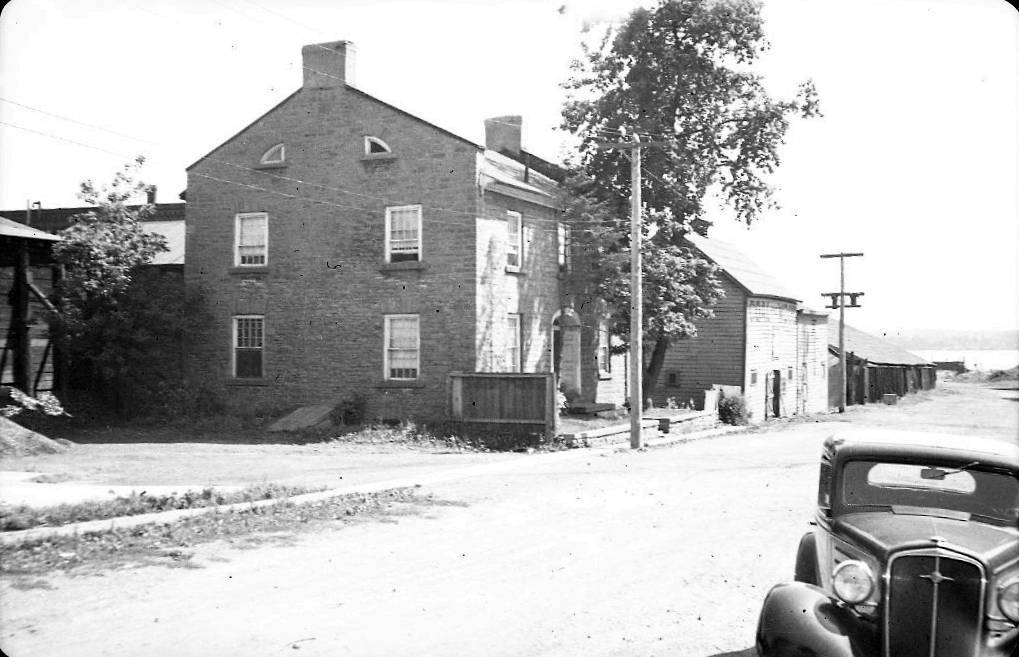
Beecher House, Henry Street
If you have been to the Brockville Museum, you will probably recognize this first building. Beecher House makes up the south side of the Museum, but was once the house/workshop of a man named Isaac Beecher.

Beecher House, Henry Street
Beecher House was originally built around 1815, consisting of this smaller section. The architecture shows us the types of houses that were being built in Brockville in the early 19th Century.

Beecher House, Henry Street
This addition was added to Beecher House around 1840, staying consistent with a similar grey limestone appearance. Beecher House was built unusually high off the ground, setting it apart from similar houses built in Brockville in the 19th Century.

Beecher House, Henry Street
You might have noticed the strange appearance of the roof on Beecher House. This low pitch style was the British tradition at the time, to which many settlers to Brockville wanted to remain loyal.
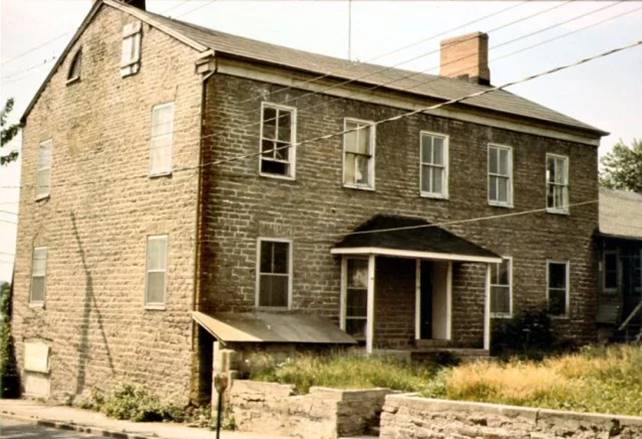
William Buell House, Water Street
Similar in design to Beecher House and only a block away used to stand William Buell House, built around 1820 and demolished in 1974. This house was the home of William Buell, one of Brockville’s original founders. While not incredibly flashy or ornate, it is another great example of the types of houses being built in the early days of Brockville.
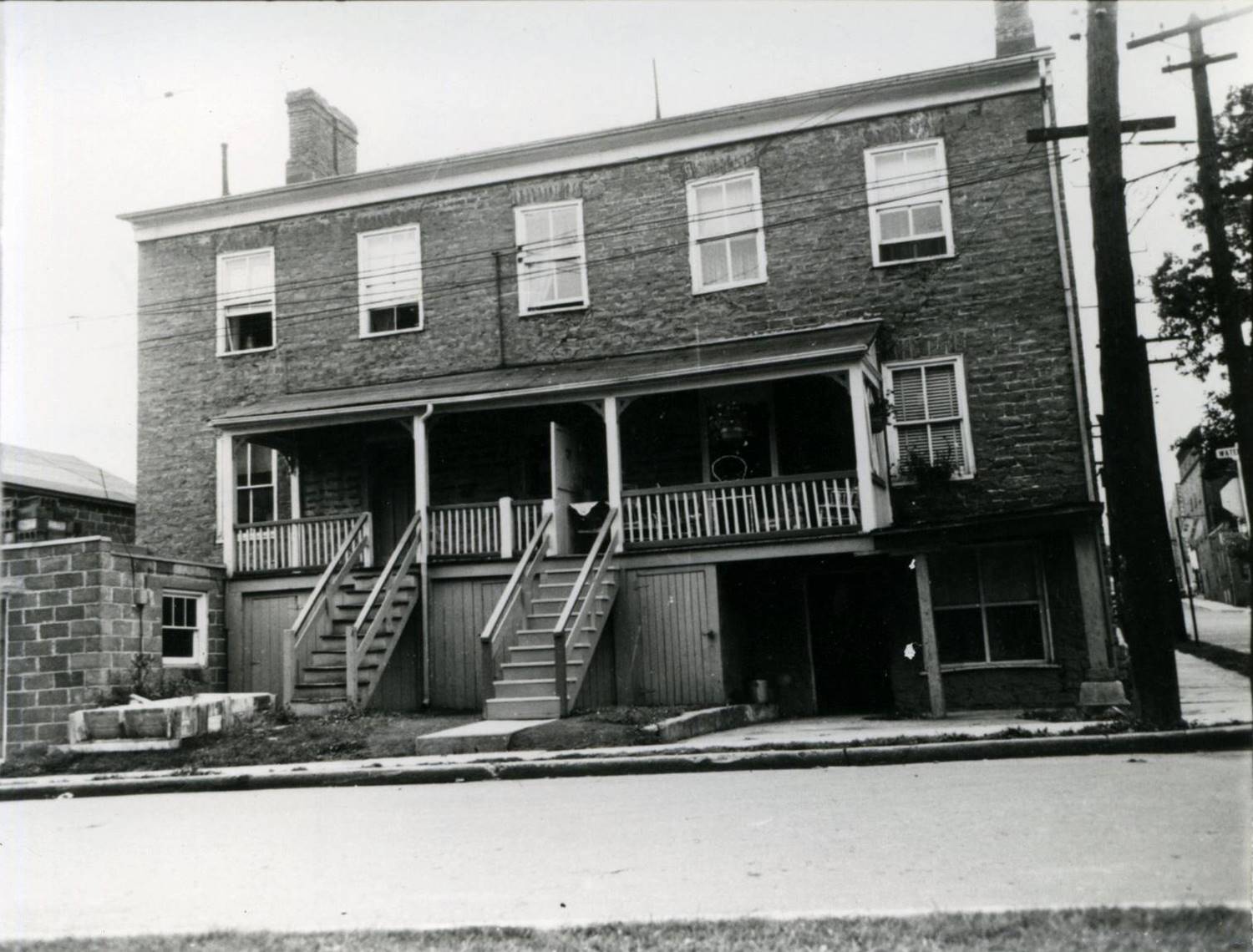
William Buell House, Henry Street
Stone houses such as William Buell House built in Brockville are mostly consistent with the Georgian Style of architecture, which was used by United Empire Loyalists settling in the Brockville area. This would have been one of the first stone houses built around Brockville.
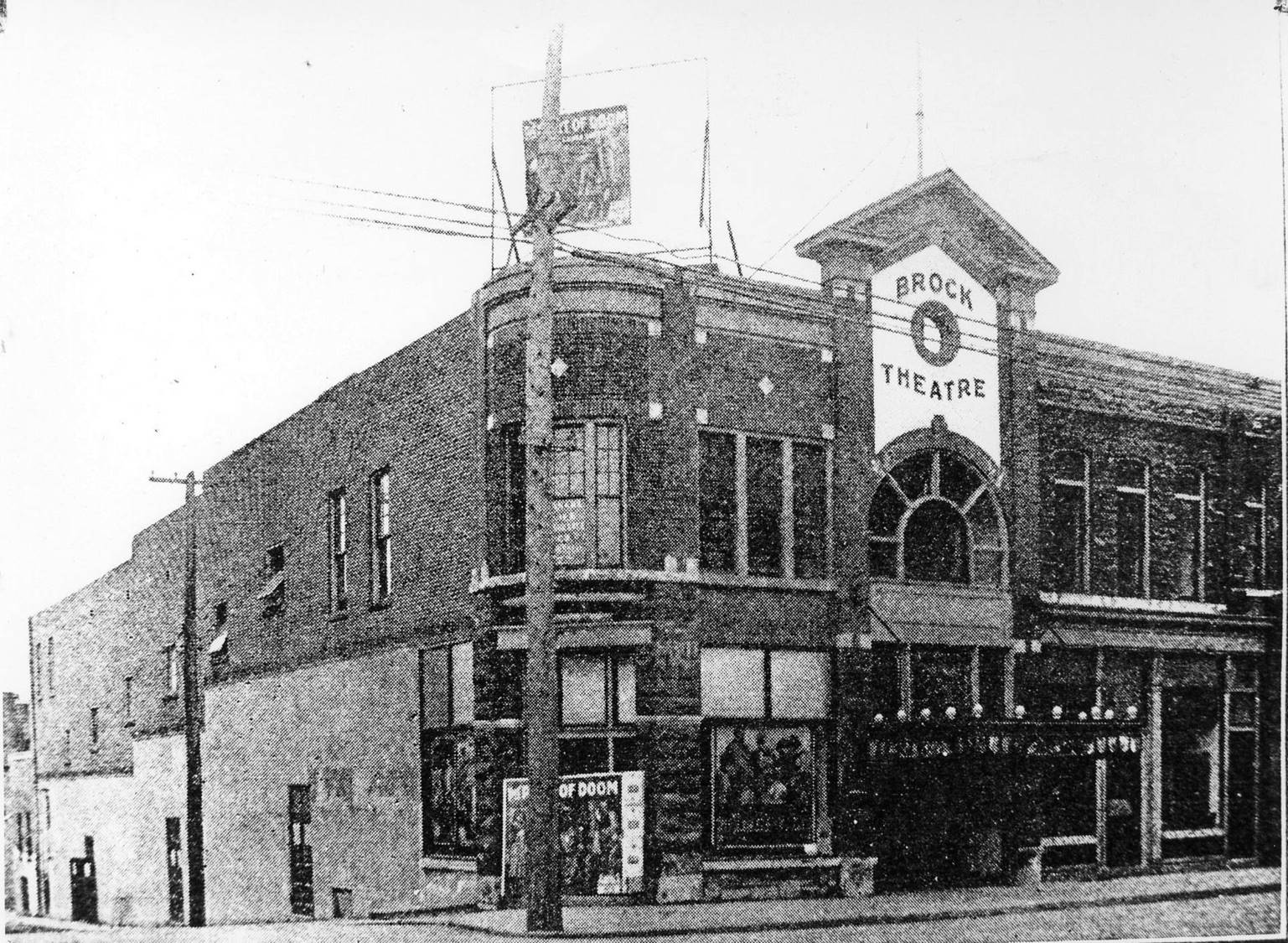
Brock Theatre, King Street West
The Brock Theatre moved across town to this location on the corner of King Street West and Home Street in 1913. The theatre originally sat 1059 patrons, charging 5 cents for child admission and 10 cents for adult admission.
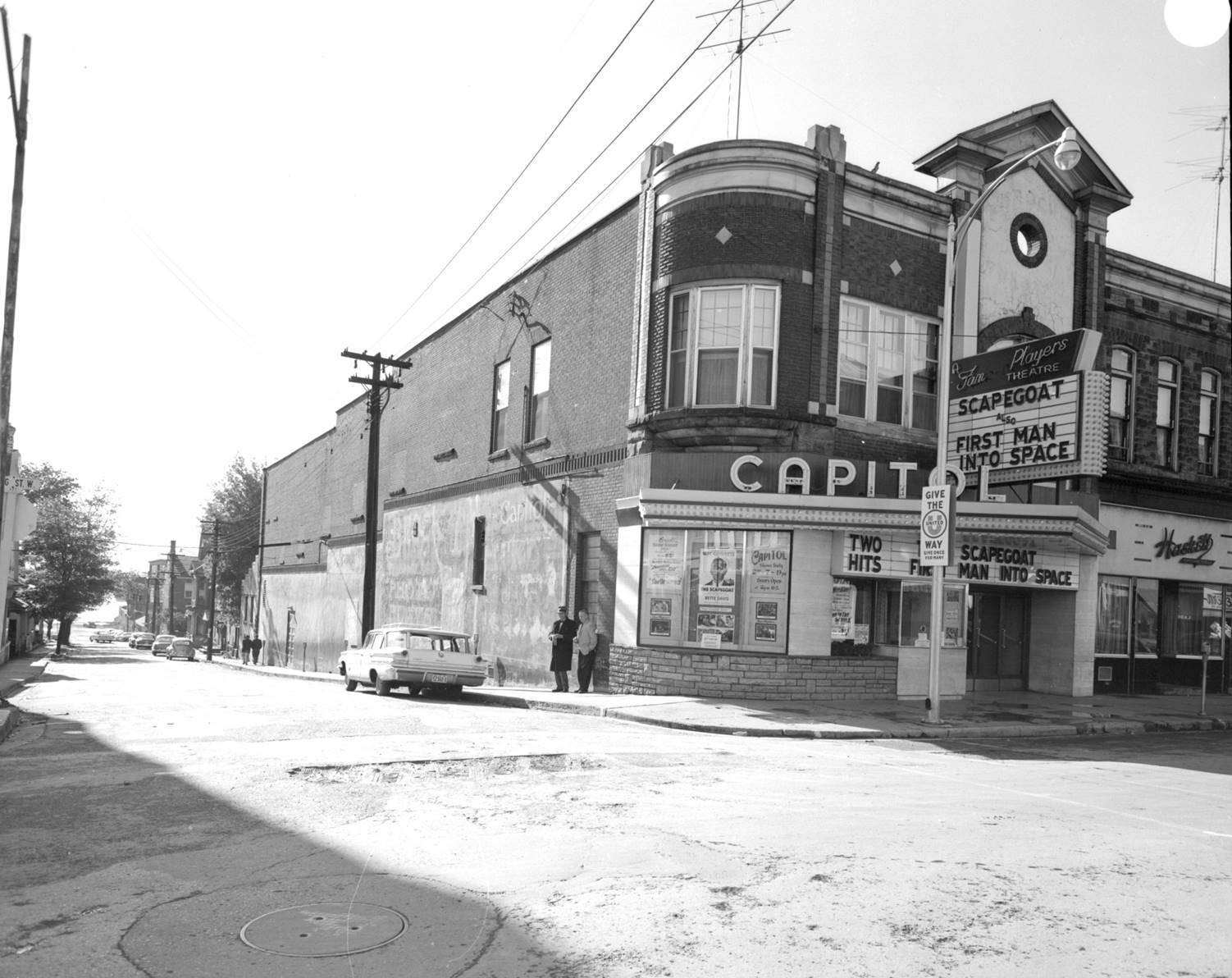
Capitol Theatre, King Street West
In 1928, the Brock Theatre changed its name to Capitol Theatre, which it remained until its closure in 1987. Like the Brock Theatre, it offered both motion picture and live entertainment.

Capitol Theatre, King Street West
In 1948, the theatre underwent six months of renovations, cleaning up the appearance of the building and refurbishing the interior. This lowered the admission capacity slightly, but the theatre continued to be very popular among Brockville citizens.

"Farewell To The Capitol"
015.49.1
The Capitol Theatre shut its doors and was demolished in 1987. But first, a concert was held to pay tribute to the well-loved building. This is a program from the concert, held January 11, 1987.
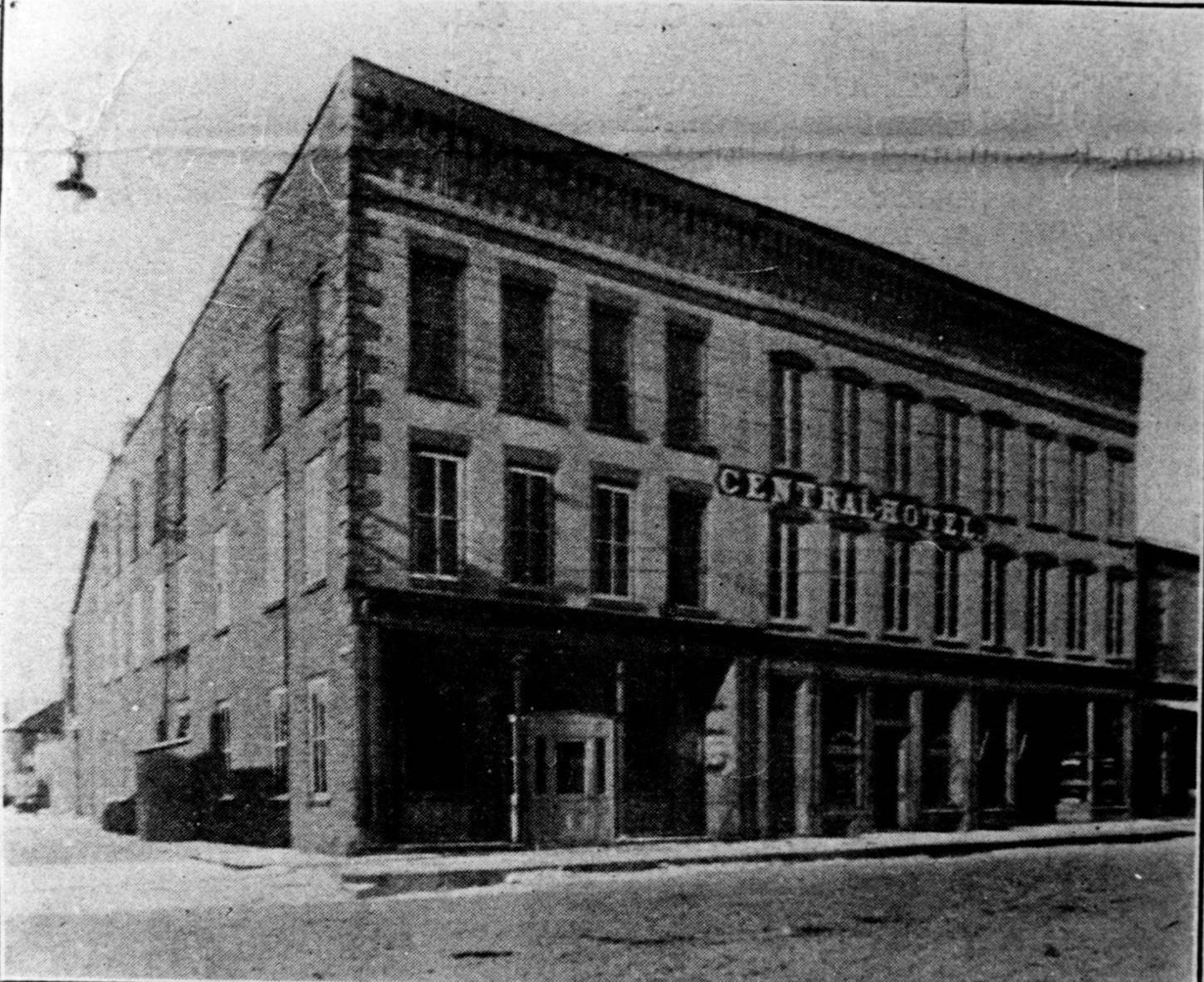
Grand Central Hotel, King Street W
The Grand Central Hotel was built in 1886, and quickly became known coast to coast for its hospitality and fine cuisine. The hotel was advertised as being in the business center of the city to attract business people travelling between Toronto and Montreal. There were stables in the rear of the hotel for travelers’ horses, and rooms originally cost between $1.00-$1.50.
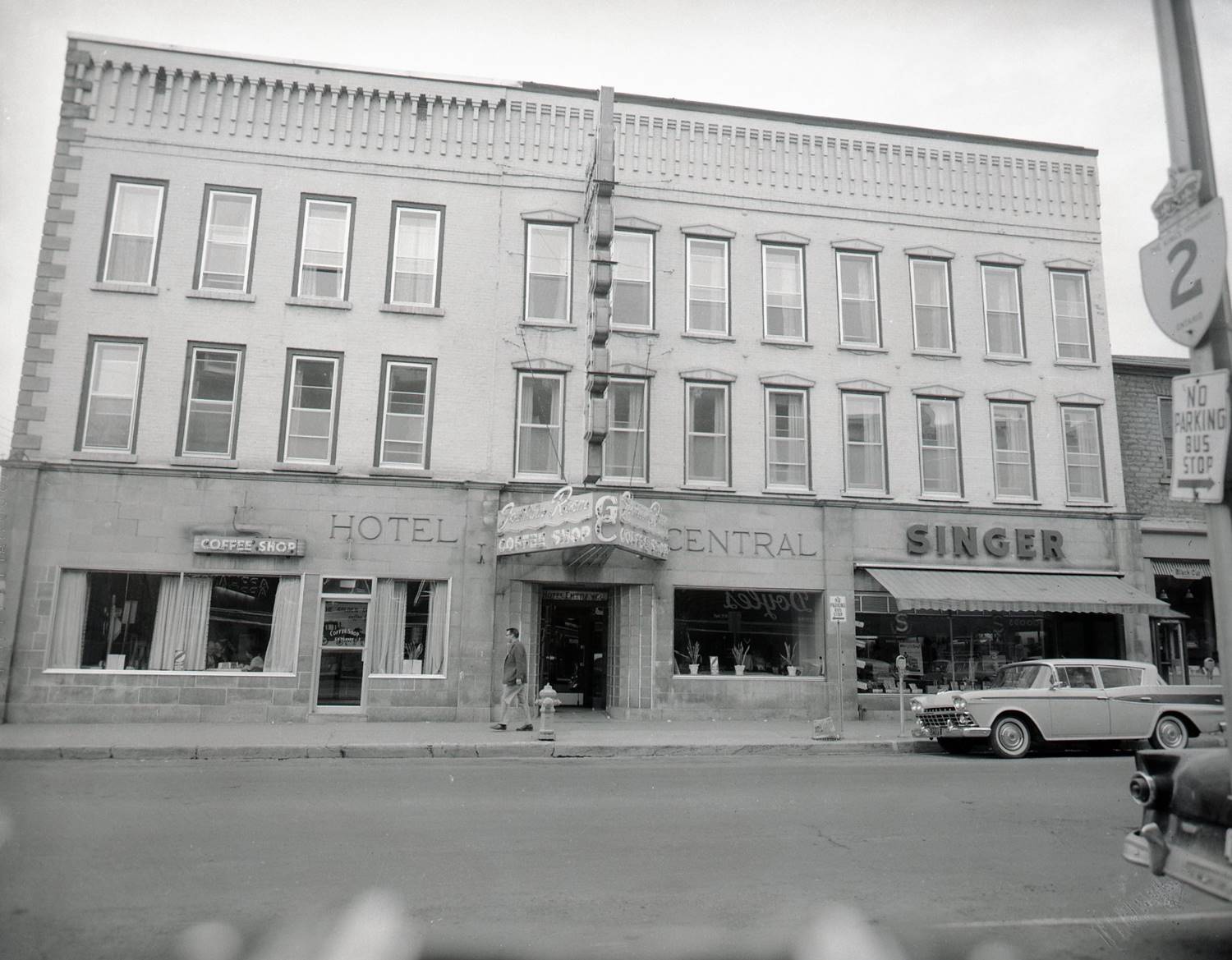
Grand Central Hotel, King Street W
In 1947 renovations were done on the building which cost about $25,000. These renovations modernized the main floor of the building, which included a coffee shop, a bar lounge, and a dining room. The hotel had 3 floors and 50 rooms available including the main floor.
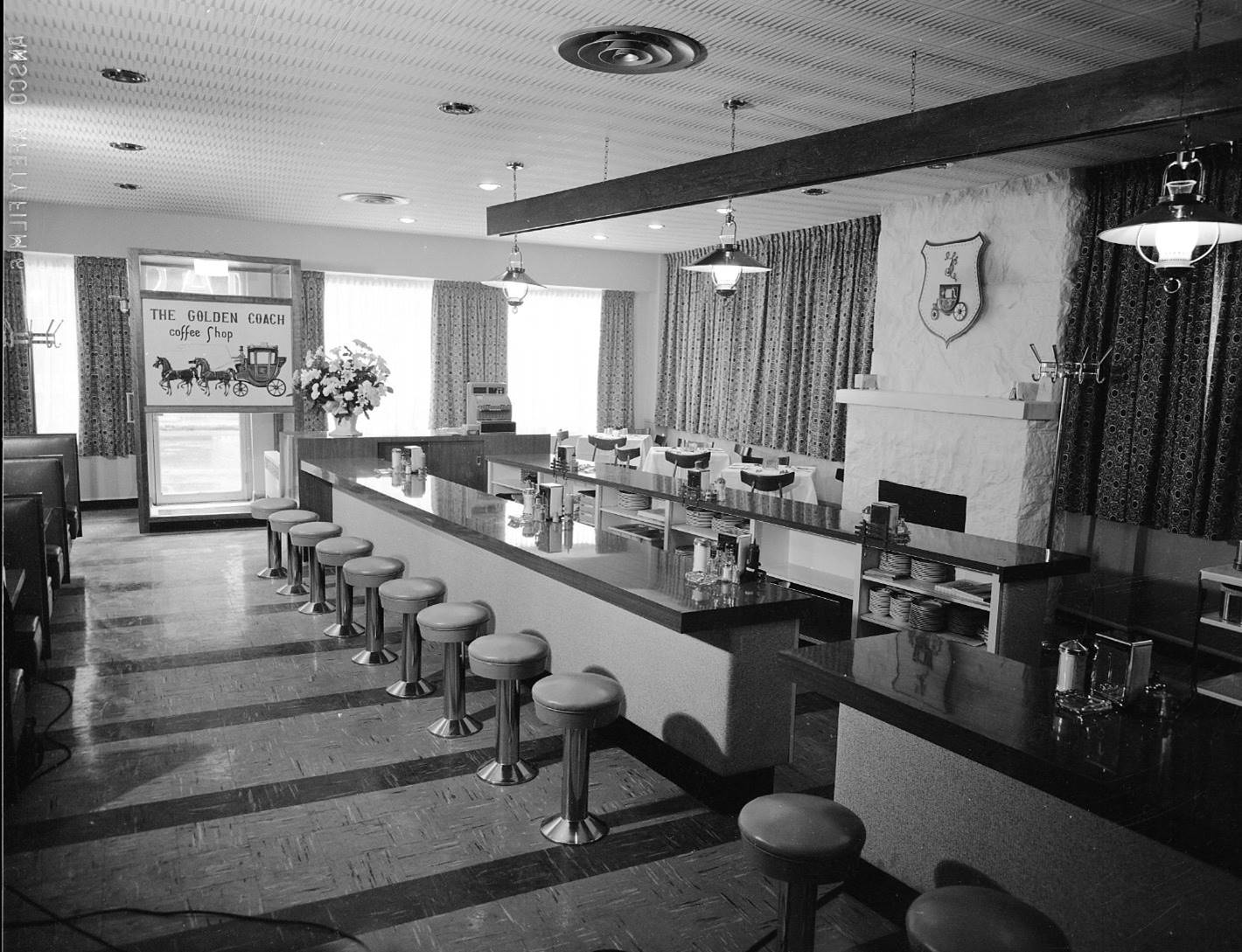
The Golden Coach
The Golden Coach was the name for the coffee shop on the main floor of the hotel, pictured here.
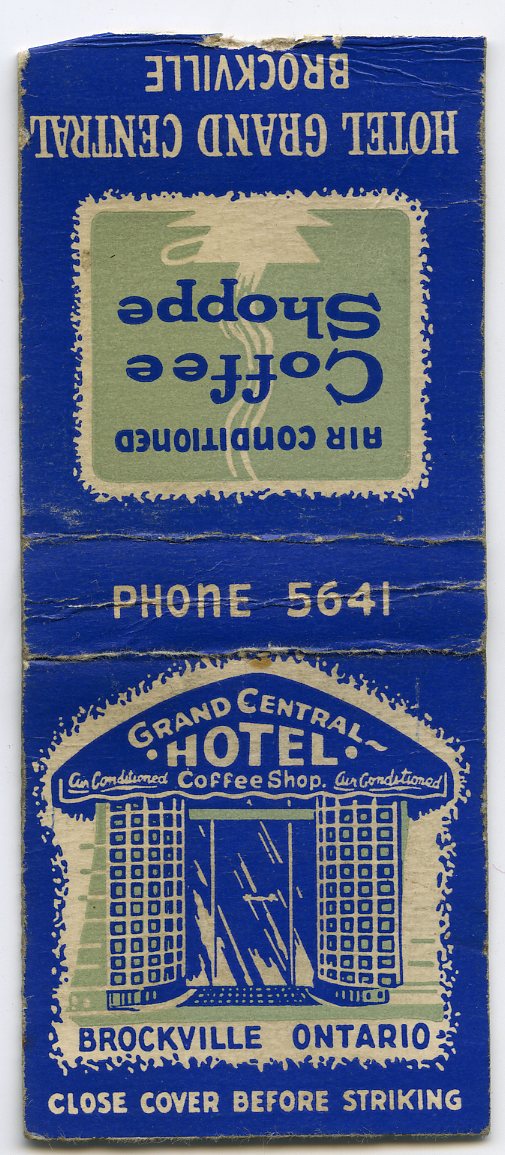
Grand Central Hotel Matchbook
013.35.11
This item from the Museum’s collection is a matchbook which advertises the Grand Central Hotel and features a design of the building on the cover.
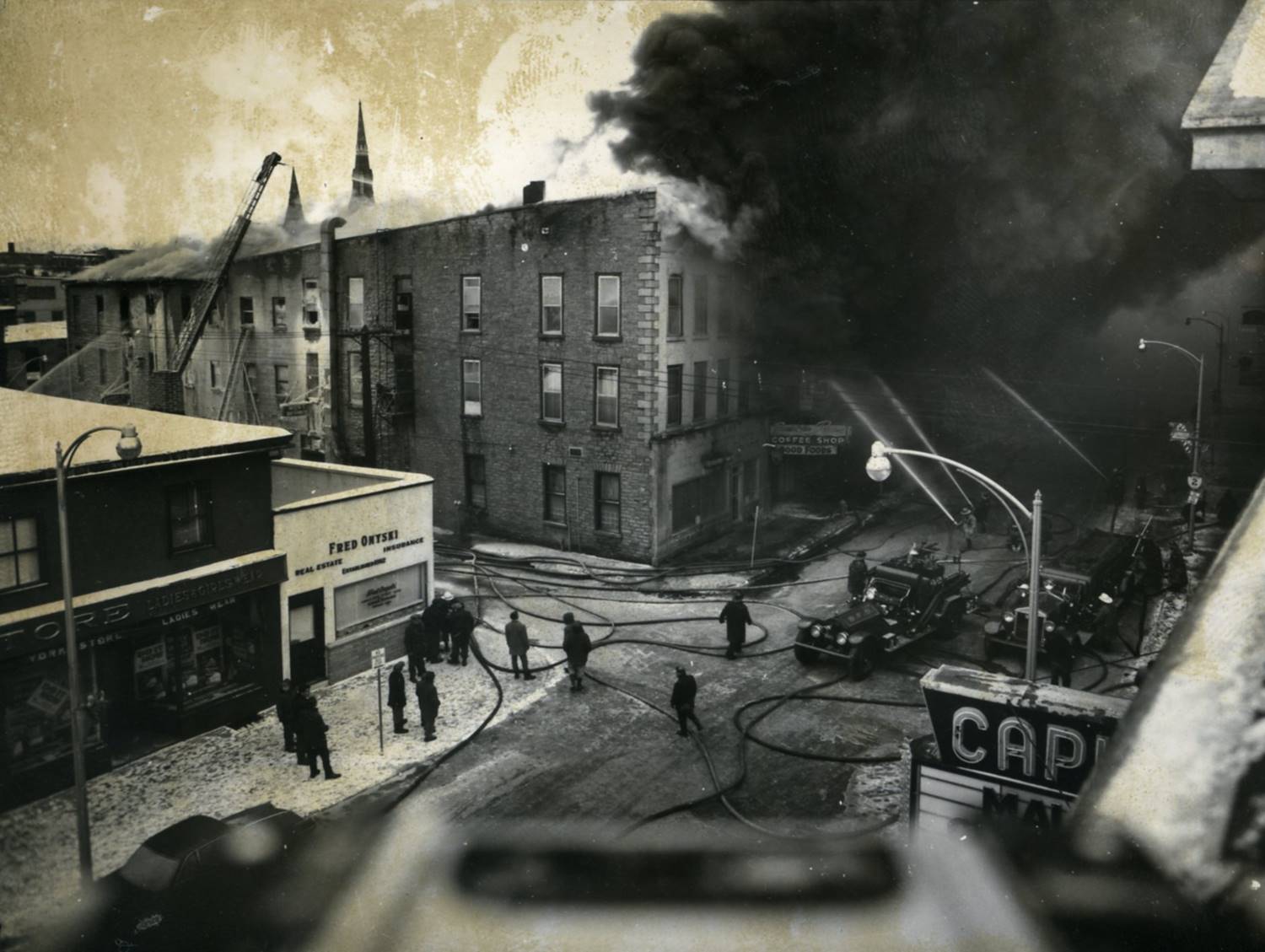
Grand Central Hotel Fire, 1962
On January 10, 1962, the Grand Central Hotel burned down. The fire was determined to be arson, started around 5:30 a.m.
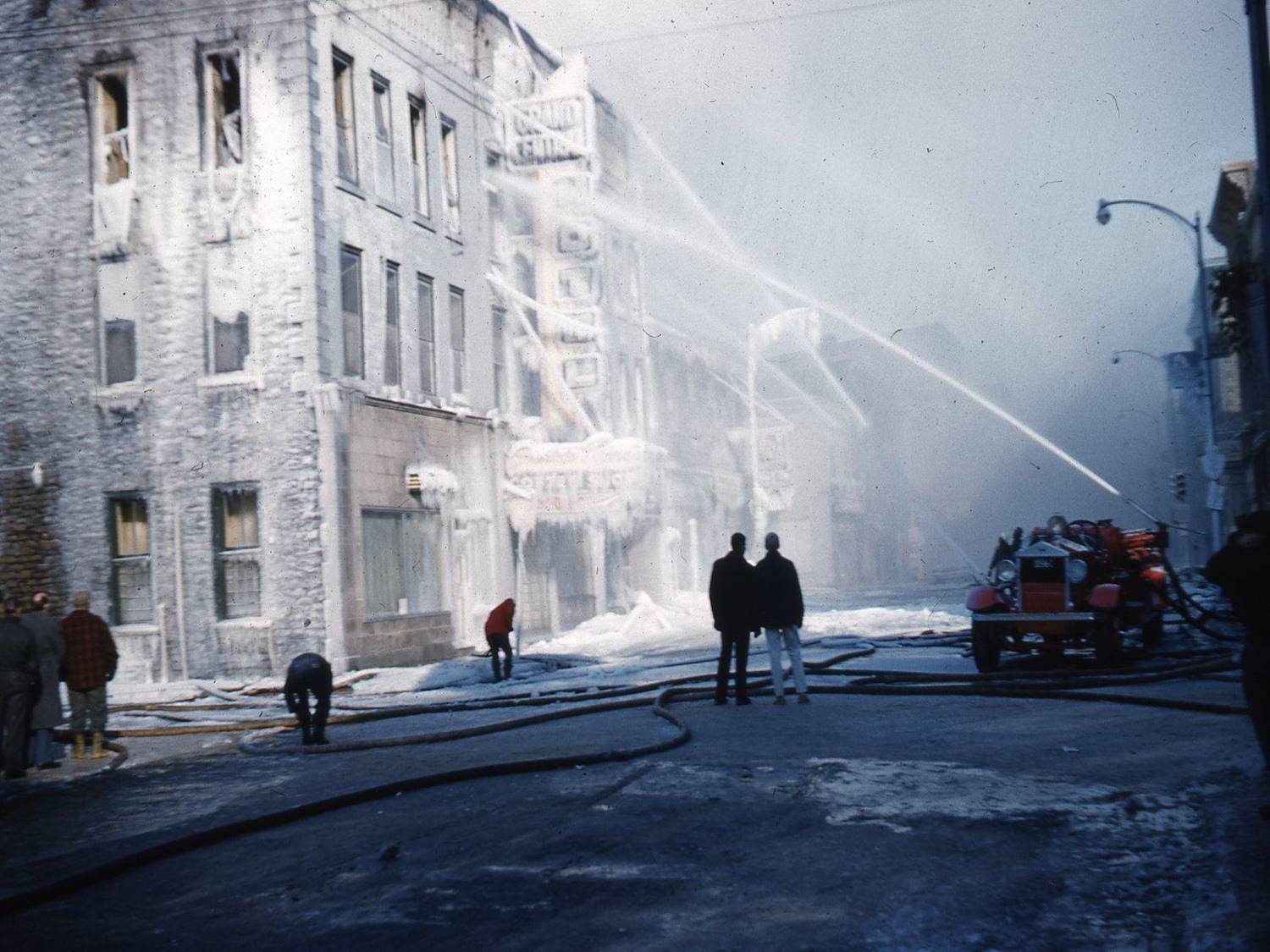
Grand Central Hotel Fire, 1962
With the fire occurring in early January, it was an incredibly cold morning for the firefighters responding to the burning hotel. As seen in this photo from the Museum’s archives, ice covered everything from the street to the hotel, including the giant neon sign that had been added to the exterior of the hotel.
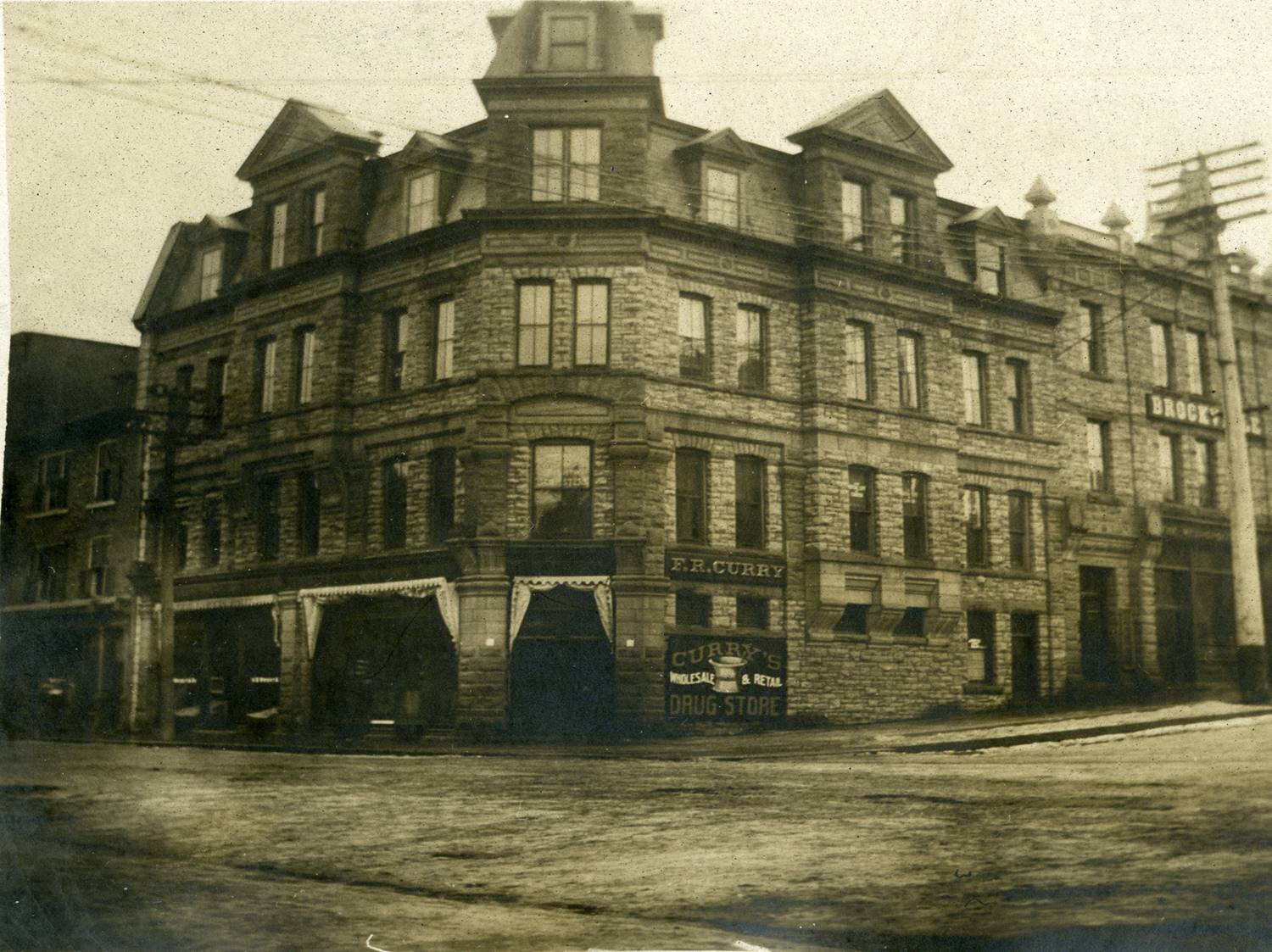
Fulford Block, King Street West
Fulford block was constructed in 1889, and was originally home to a pair of well-familiar names in Brockville. The Brockville Business College occupied the second and third floors, while Curry’s Drugs was on the main floor. In the early 20th Century, Dr Williams’ Medicine Company took over the top floor of the Fulford Block.

Fulford Block, King Street West
In 1916, the building’s elevator shaft caught on fire, destroying the upper floor and causing the roof to cave in.
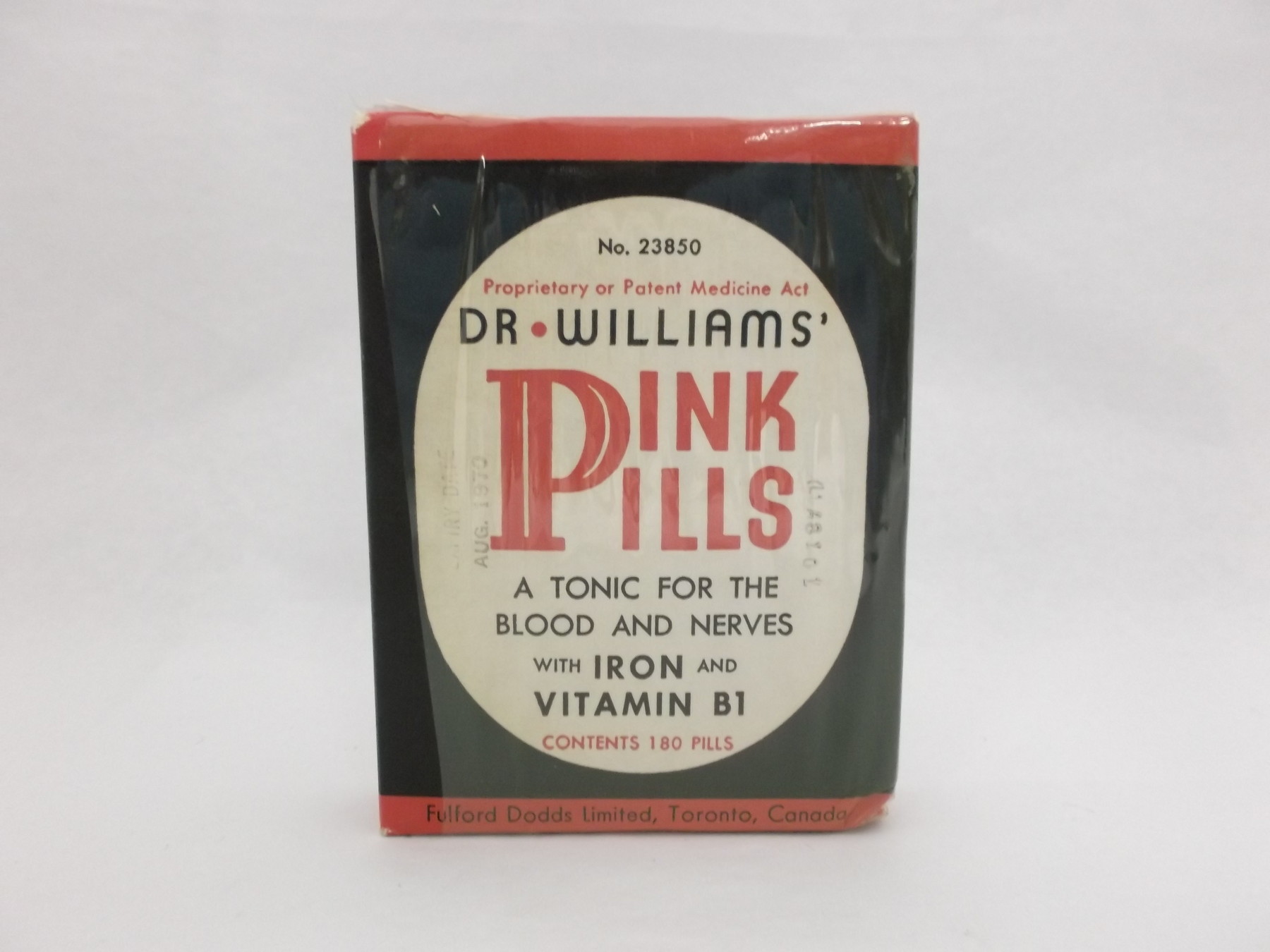
Dr. Williams' Pink Pills
X984.17.01
In the Fulford Block fire, 3 million “Pink Pills” were destroyed, after Dr. Williams’ Medicine Company, owned by George T. Fulford, had moved into the upper floor. The inventory of Curry Drugs was also destroyed in the fire.
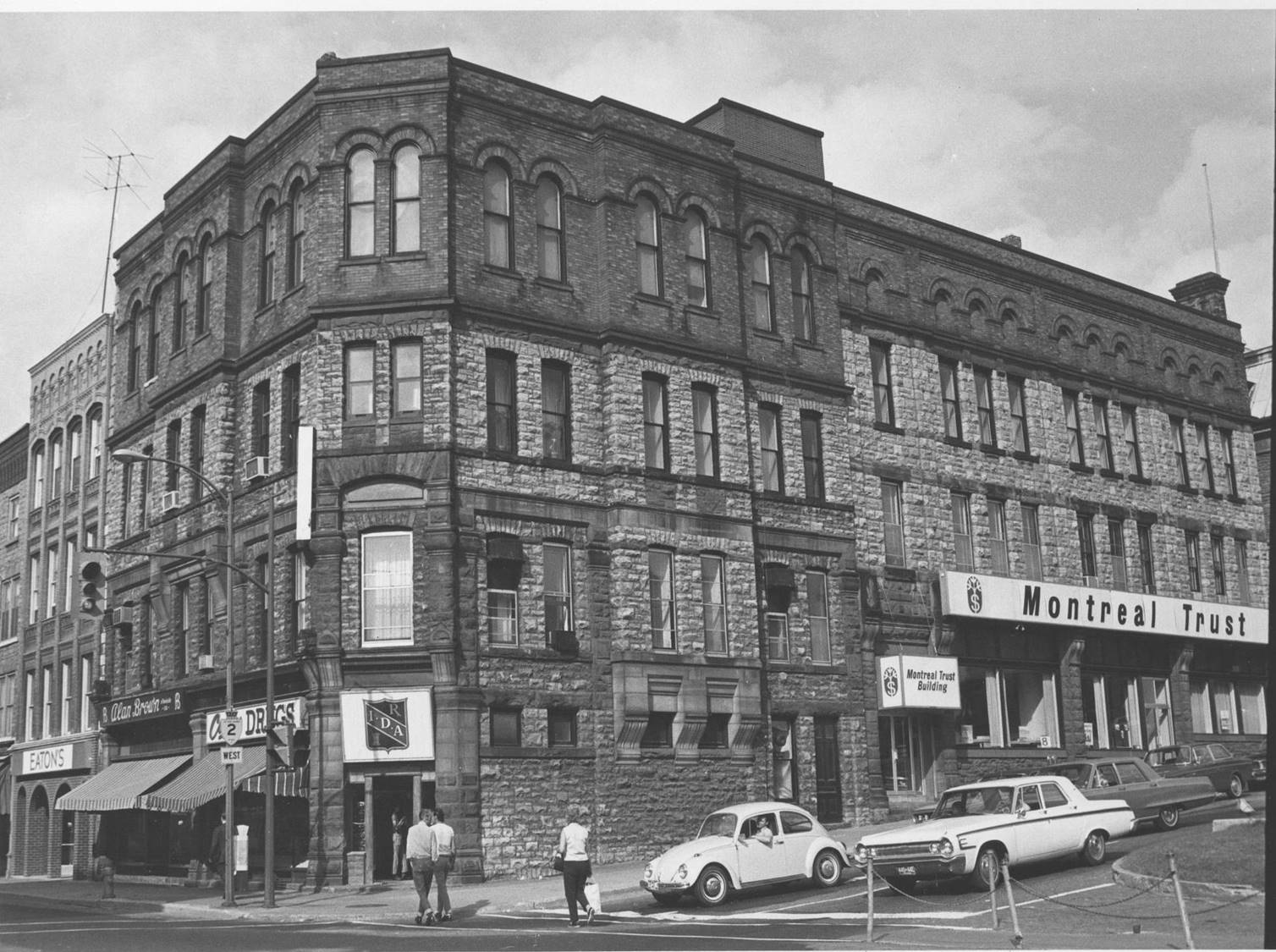
Fulford Block, King Street West
After the fire in the Fulford Block, the upper level had to be replaced. It was decided it would be most valuable to get the renovations done quickly as the businesses needed to get back to work. The stone work which had been destroyed was simply replaced by bricks, giving the building a strange and easily recognizable appearance today.

Revere Hotel, King Street West
The Revere Hotel was one of Brockville’s older buildings, having been built in 1848. The hotel opened in 1849, originally as the Willson Hotel. It had 50 rooms and a dining room that could seat 150.

Revere Hotel Room Key
012.42.01
This item from the Museum’s collection is a Revere Hotel room key dating back to 1920.

Revere Hotel, King Street West
It was in 1931 that the large electric sign was added to the exterior of the Revere Hotel, quickly becoming one of the most distinct parts of Brockville’s downtown. The Hotel had become very popular through the years. In 1885 Mark Twain stayed at the Revere Hotel after doing a reading in Brockville as part of a four month tour.
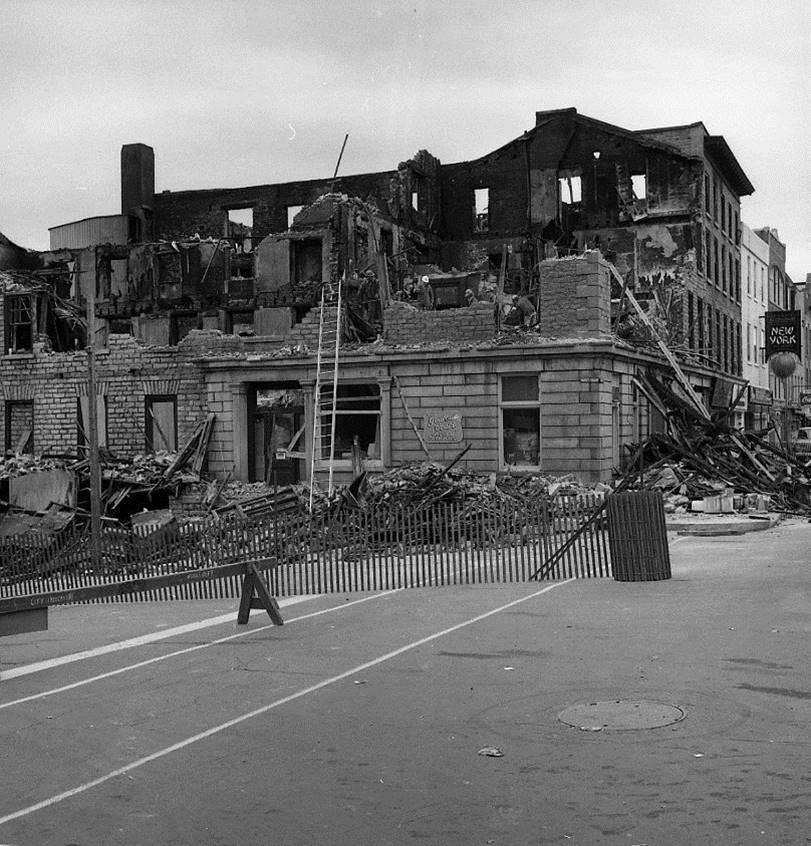
Revere Hotel, King Street West
In 1974 the Revere Hotel burned down, putting an end to the over 125 year old business. The fire was blamed on faulty electrical wiring but there was some speculation that it had been set intentionally.

Revere Hotel Stained Glass
994.20.02
After the fire in the Revere Hotel, the building could not be salvaged, and had to be taken down. Very few items survived the fire, but among them was this pane of stained glass from the front entrance of the hotel.
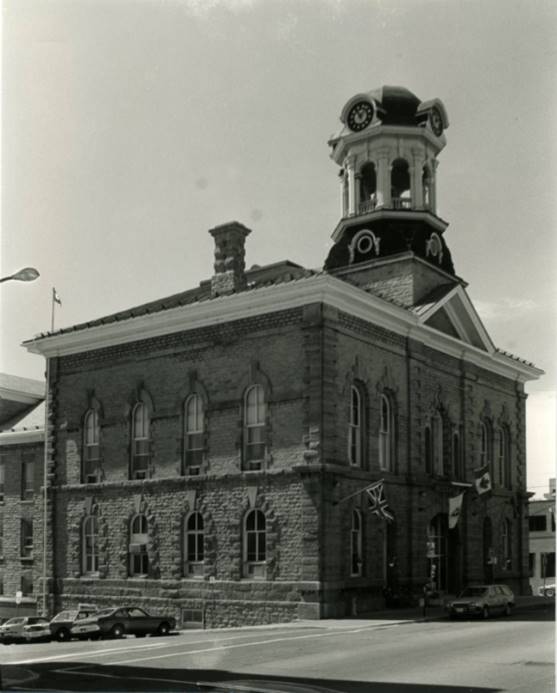
Victoria Hall, King Street West
Victoria Hall, also known in Brockville as City Hall, was completed in 1865. Victoria Hall has had many uses through the years, including a marketplace, city offices, a concert hall, the police offices, and even a post office.
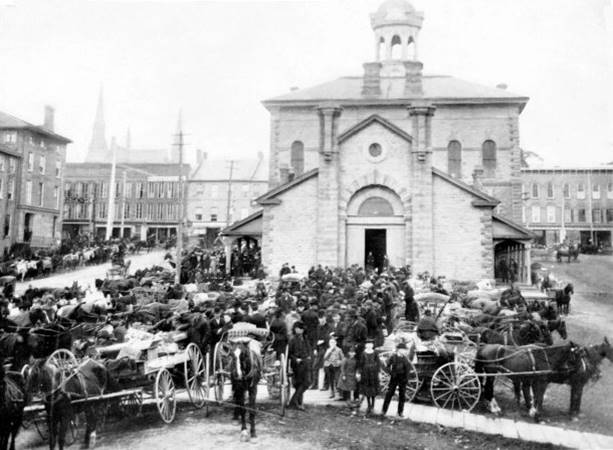
Victoria Hall Marketplace
Prior to the construction of Victoria Hall, this area of Brockville was used as a marketplace. Once completed, the back section of the hall continued to be used for the same purpose, giving the space an indoor market area, while the exterior could still be used as well.
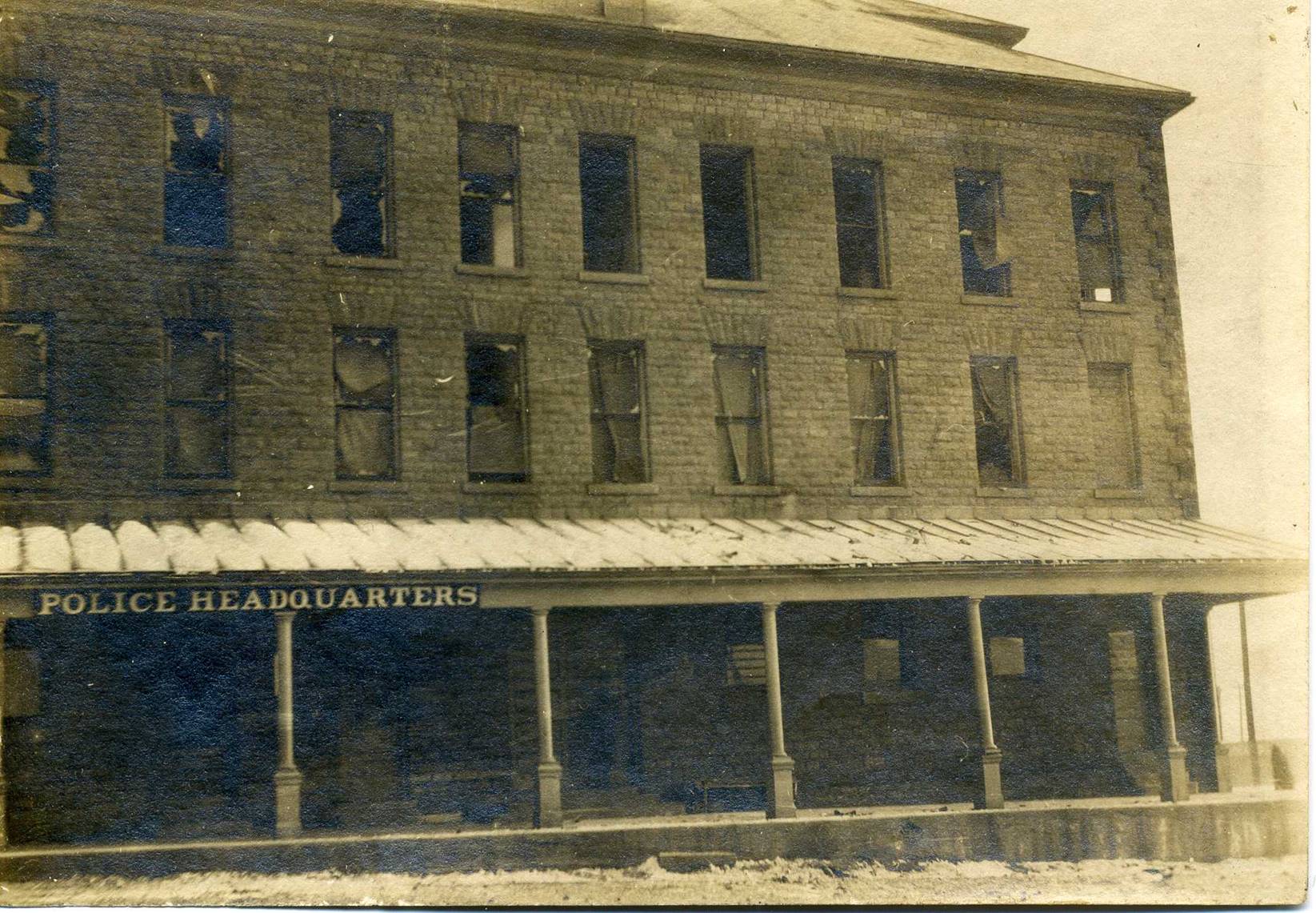
Victoria Hall Gas Explosion, 1910
In 1904 the Brockville Police moved their headquarters into the back section of Victoria Hall, the same section where the chamber offices now are. Two stories were added to the market section of the building, essentially sending the market back outdoors. This photo comes from 1910, after a gas explosion rocked the interior of Victoria Hall. If you look closely, you can see that all the windows in this section of the hall have been blown out from the force of the explosion.

Victoria Hall Gas Explosion, 1910
This photo was taken inside the police offices in Victoria Hall after the gas explosion, highlighting the extent of the damage.

Victoria Hall Clock Tower
The clock was added to the Victoria Hall tower in 1904. It has become one of Brockville’s most recognizable pieces of architecture, and the symbol of the city. Victoria Hall was designed to show off the success and taste of Brockville citizens, and this is capped off with the beautiful clock tower.
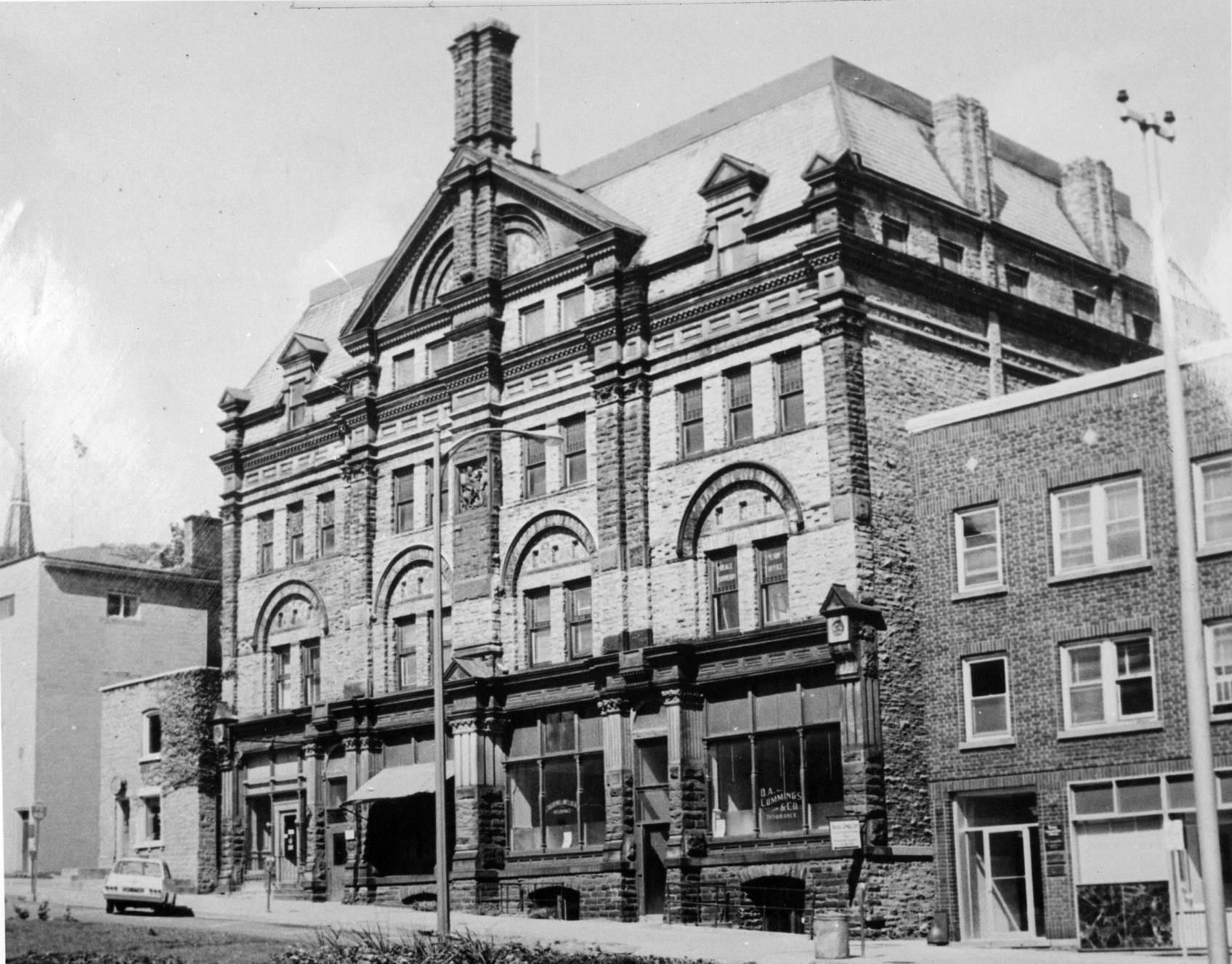
Comstock Building, Courthouse Avenue
The Comstock Building was built and opened in 1887 by William H. Comstock, who had moved from New York City to start his own patent medicine company. The medicine was known as “Dr. Morse’s Indian Root Pills”, and they were produced at the Comstock Building.
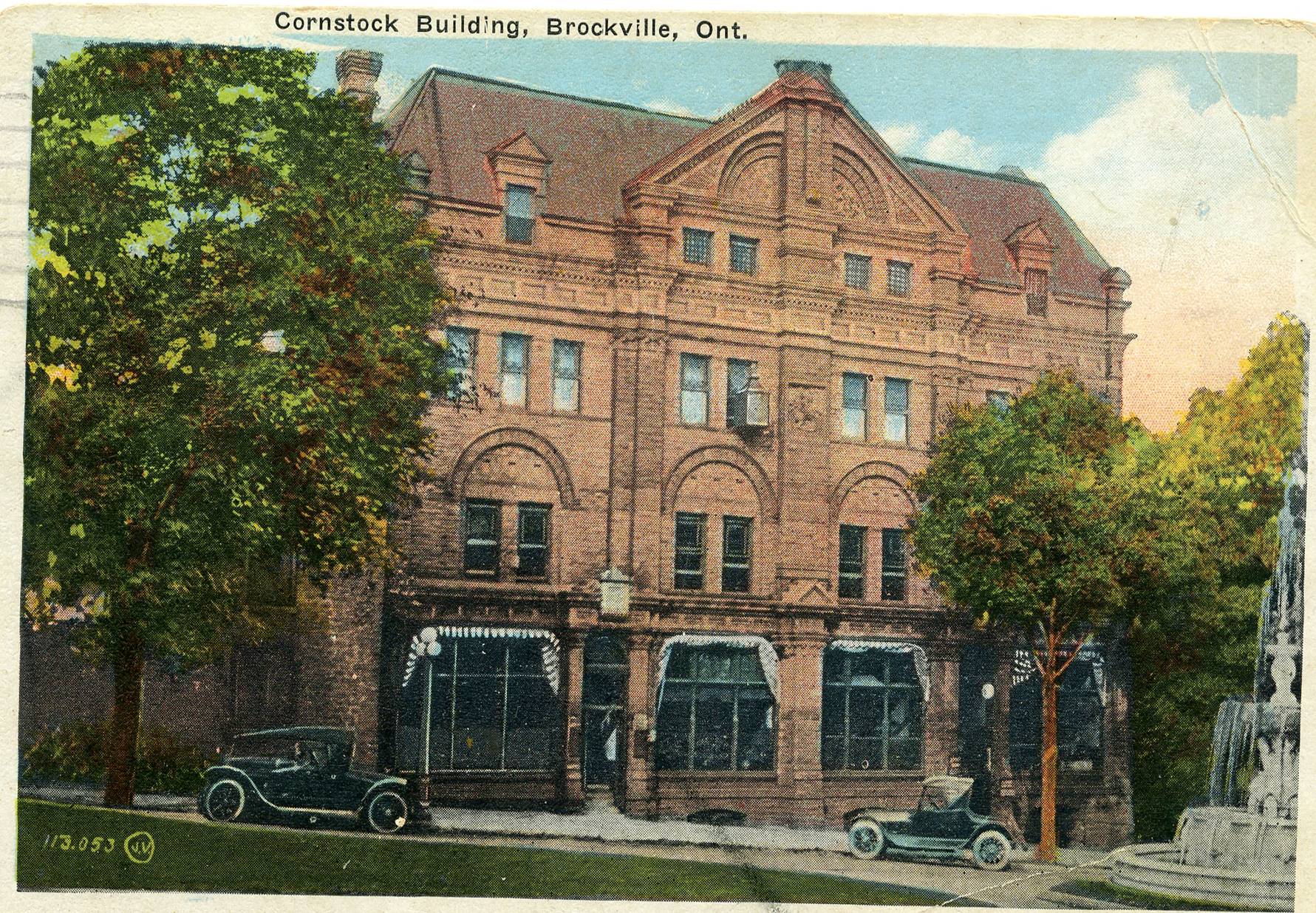
Comstock Building, Courthouse Avenue
The building had a few other uses through the years, including law offices, insurance firms, a funeral home, and even a book store.

Comstock Building Deconstruction
After William H. Comstock passed away in 1959, the company had already seen a steep decline in sales. The family decided to have the assets of the company sold and the building demolished. In this photo, you can see workers taking down the Comstock Building in 1966.

Comstock Building Corner Stone
984.96.01
This item is a limestone building block used in the construction of the Comstock Building and saved after the deconstruction in 1966.

Courthouse, John Ross Matheson Way
The Counties Courthouse was originally built around 1812, but the red brick building was replaced only 30 years later, in 1842. The second building has lasted much longer, and still stands today, showing off the neoclassical style of architecture which covers Brockville’s downtown.
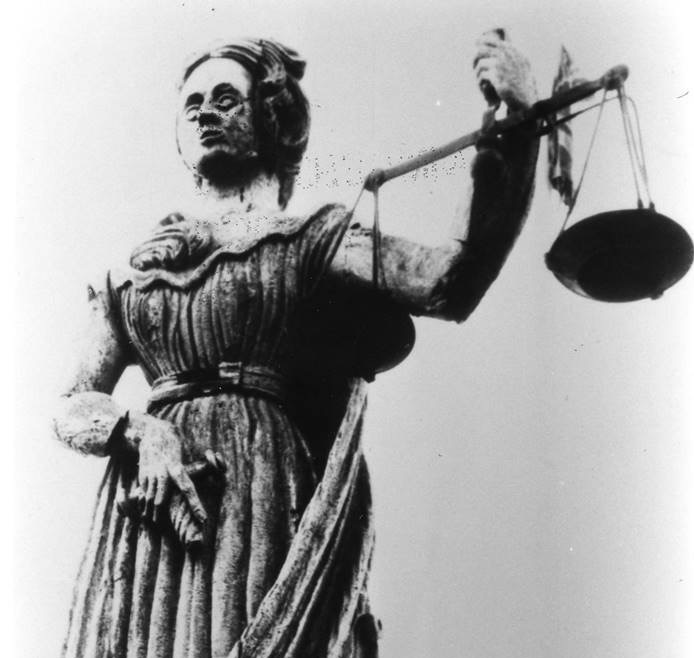
Original Sally Grant
Sally Grant is Brockville’s name for the statue of justice who stands on top of the courthouse. This photograph features the original Sally Grant, carved from a single piece of wood. She was raised to the top of the Courthouse upon completion of the second building.

New Sally Grant
The first version of Sally Grant was in bad condition by the mid 20th Century. She was taken down in 1956, leaving a bare Courthouse roof for about 30 years until this replacement went up in 1982.

Brockville Public Library, Buell St.
Between 1883-1929 Andrew Carnegie funded the building of 2500 public libraries across the world. The cities accepting the funding had to agree to a set of rules stating that the city must provide land to build the libraries on and must continue to fund the library once it was built. Brockville agreed and in 1904 the Brockville Public Library was opened.
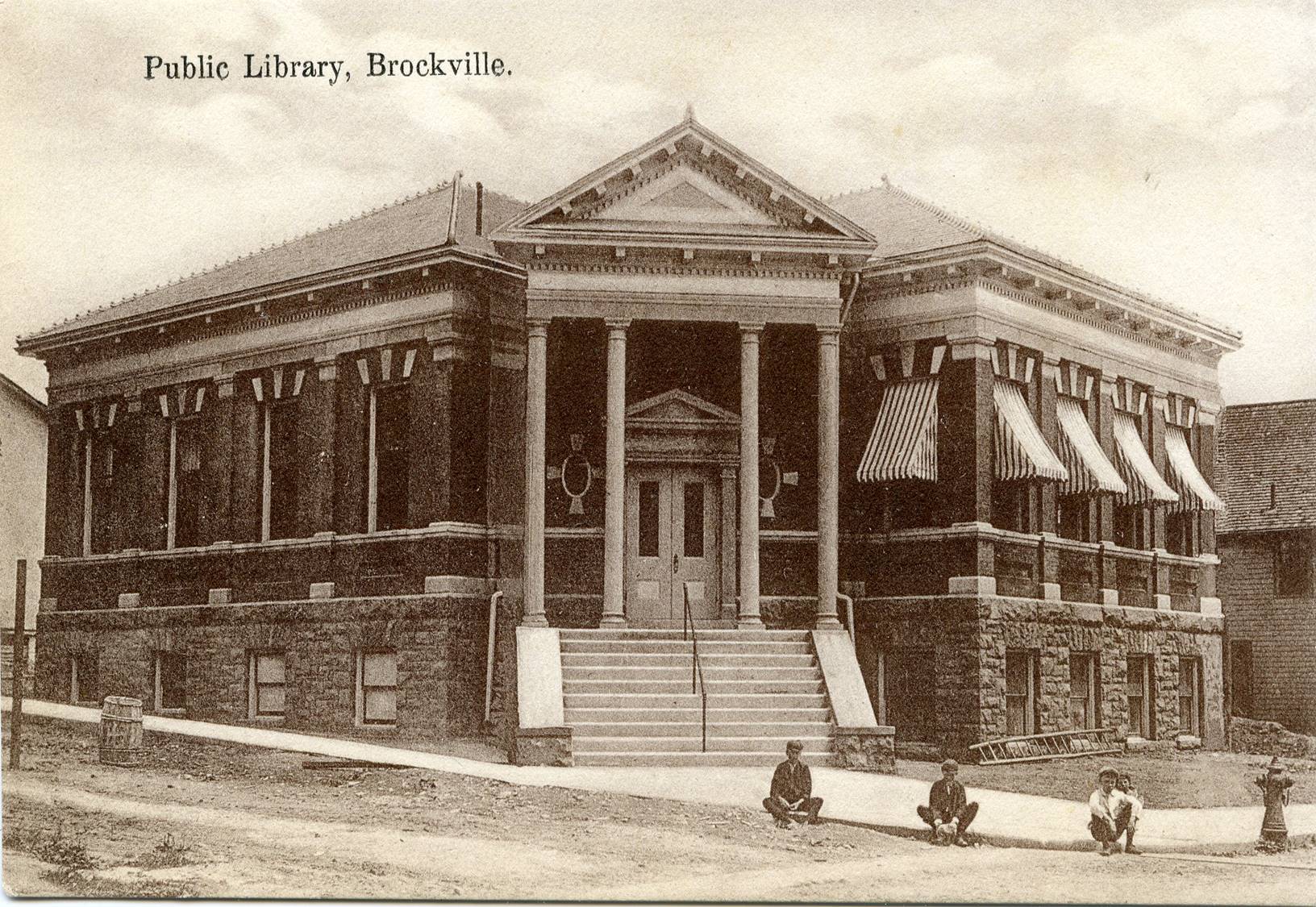
Brockville Public Library, Buell St.
The Brockville Public Library has remained open for over 100 years, despite a few changes. While the library received a new addition in 1996 to include a second floor, the main section of the library seen in this photograph still exists, keeping the Carnegie Library alive.
